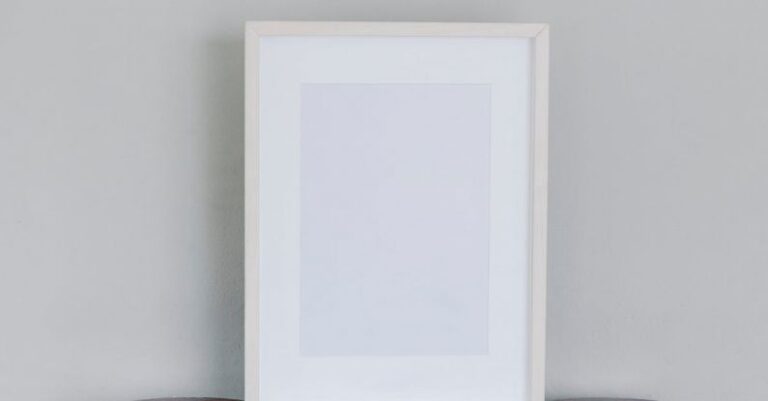How to Test Paper Samples before Printing High Volumes?
Printing high volumes of paper can be a significant investment, so it is crucial to ensure that the quality of the final product meets your standards. Testing paper samples before committing to a large print run can help you avoid costly mistakes and ensure that the end result is exactly what you envisioned. By following a few simple steps and guidelines, you can effectively assess paper samples and make informed decisions before proceeding with a high-volume print job.
Understanding Your Printing Needs
Before testing paper samples, it is essential to have a clear understanding of your printing needs. Consider the type of project you are working on, the intended use of the printed materials, and any specific requirements you may have in terms of paper weight, finish, and color. By identifying these key factors upfront, you can narrow down your options and focus on selecting paper samples that are best suited to your needs.
Choosing the Right Paper Samples
When selecting paper samples to test, it is important to choose a variety of options that align with your project requirements. Look for samples that match the weight, finish, and color specifications you are looking for, and consider testing multiple samples to compare and contrast their performance. Additionally, make sure to choose samples from reputable paper suppliers to ensure quality and consistency.
Testing Print Quality
One of the most critical aspects of testing paper samples is evaluating print quality. Printing a sample of your design on each paper sample will allow you to assess how the ink adheres to the paper, the color accuracy, and the overall print clarity. Pay close attention to details such as image sharpness, text legibility, and color vibrancy to determine which paper sample best showcases your design.
Assessing Paper Weight and Thickness
Paper weight and thickness can have a significant impact on the look and feel of your printed materials. Testing paper samples with varying weights and thicknesses can help you determine the level of durability and professionalism you want to achieve. Consider factors such as paper thickness, stiffness, and opacity when assessing each sample to ensure it meets your expectations.
Evaluating Paper Finish
The finish of the paper can also play a crucial role in the overall appearance of your printed materials. Different finishes, such as matte, glossy, or satin, can affect the way colors appear and the level of reflection on the paper surface. Testing paper samples with different finishes will allow you to see how each option interacts with your design and choose the one that best complements your project.
Checking for Compatibility with Printing Equipment
In addition to print quality and paper characteristics, it is essential to test paper samples for compatibility with your printing equipment. Some papers may be more prone to jams, smudging, or other issues when used with specific types of printers. By testing paper samples on your printing equipment, you can identify any potential problems and make adjustments as needed before proceeding with a large print run.
Making an Informed Decision
After testing paper samples and evaluating their performance, it is time to make an informed decision based on your findings. Consider all aspects of the paper samples, including print quality, weight, finish, and compatibility with your printing equipment, to choose the option that best meets your needs. By taking the time to test paper samples thoroughly, you can ensure that the final printed materials meet your standards and reflect the quality and professionalism you desire.
Choosing the Right Paper for Your Project
Once you have selected the best paper sample for your project, you can confidently proceed with printing high volumes of materials. Remember to order a sufficient quantity of the chosen paper to avoid any delays or shortages during the printing process. By following these steps and guidelines for testing paper samples before printing high volumes, you can achieve optimal results and create printed materials that meet your expectations.






